

Following high definition body contouring, residual skin redundancy can be avoided with repositioning of skin through strict wearing of compression garments, redraping of skin through serial lymphatic messages, as well as tightening of the deep skin surface with topical radiofrequency.
Strict wearing of compression garments allows for maintenance of repositioned skin during the early postoperative period. Imagine that your skin is like a bed sheet which is spread out evenly over your mattress. This sheet can get crumpled around and bunched up when you go to sleep and are moving it around with your body or legs. This analogy describes your skin following surgery. Specially following 360 liposuction, the skin has been universally mobilized and is draped out evenly throughout. The skin will adhere back to the underlying muscles over the first two weeks. Until this happens, the skin can bunch up and appear redundant. Strict compliance with wearing of compression garments ensures that the skin remains redraped maximally and does not localize inadvertently causing focal skin redundancy.
Serial lymphatic messages are mandatory following high definition liposuction. There are two reasons why aggressive lymphatic messages are employed immediately following surgery. First, lymphatic messages allow your surgeon to ensure that skin redraping has been maximally preserved during the early postoperative period. After two weeks, the skin becomes stabilized as it becomes adhered back to the underlying muscles. Second, lymphatic messages ensure removal of residual liquified fat that may efface muscle highlights that are revealed through creation of gullies at the junction of muscle bellies and high points over the peak of muscle bellies. In fact, the differential in contours provides increased surface area for the redundant skin to be accommodated in, thus minimizing risk of skin redundancy.
Topical radiofrequency can be employed from three weeks to six weeks to tighten collagen molecules that exist in the deep layer of the skin called the dermis. This technology is similar to Renuvion subdermal coagulation in that thermal energy is used to tighten up the collagen molecules that make up the dermis. Although not as powerful, topical radiofrequency can allow for tightening up of minor skin redundancy that may be present postoperatively.
In conclusion, avoidance of residual skin redundancy can be very effective. Three important postoperative maneuvers include strict adherence to wearing of compression garments, serial lymphatic messages, and the use of topical radiofrequency.
